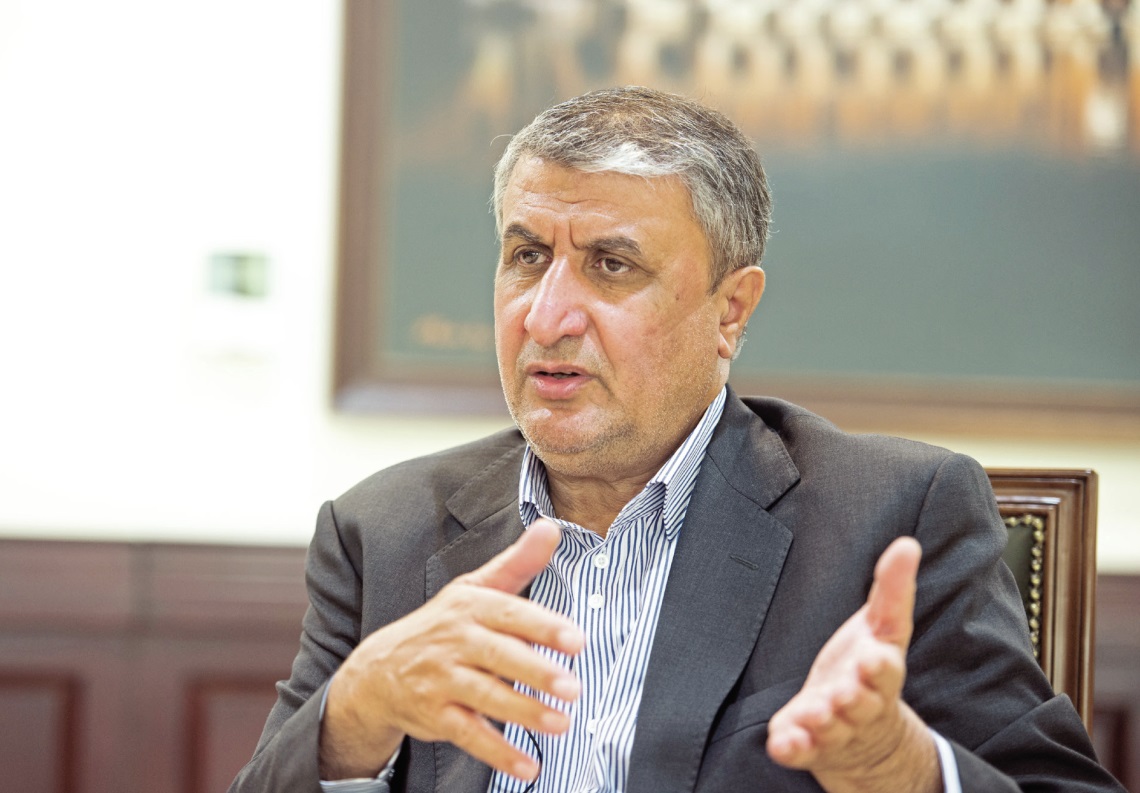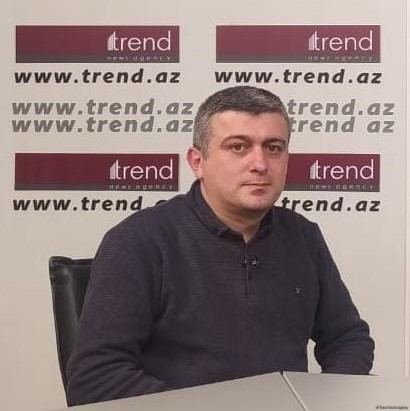BAKU, Azerbaijan, September 30. The Atomic Energy Organization of Iran is trying to distance the country's nuclear program from international scandals and accelerate the development of the nuclear industry in all directions, Iranian Vice President and Chairman of the Atomic Energy Organization Mohammad Eslami said at a meeting with members of the Iranian parliament on September 29, Trend reports.
According to him, since 2021, the development of Iran's nuclear energy industry has started moving towards industrialization from the research center. In this direction, it is planned to establish various infrastructures related to the needs, situation, and future of Iran's nuclear industry.
Eslami added that Iran keeps the use of nuclear energy in the field of electricity generation at the center of its attention. Thus, by 2041, Iran's nuclear power plant production will rise to 20,000 megawatts. The Bushehr Nuclear Power Plant, the only nuclear power plant in the country, produced 7 billion kilowatts of electricity last year (from March 21, 2023, through March 19, 2024).
He noted that it takes 5 to 7 years to build a nuclear power plant in a normal mode. Iran is working on building a 300-megawatt nuclear power plant and local factories are currently working on it. This issue has prompted Western countries to reject Iran's large program in its nuclear industry. However, it shows that Iran is moving in the right direction. Since Iran is building nuclear power plants on its own, they are bringing forward issues such as the atomic bomb.
Iran's vice president stated that Iran is using the nuclear industry to reduce agricultural waste, and increase production.
Meanwhile, in January 2016, Iran and the P5+1 group (the US, Russia, China, the UK, France, and Germany) implemented the Comprehensive Joint Plan of Action concerning Iran’s nuclear program.
In May 2018, the U.S. announced its withdrawal from the deal and reimposed sanctions on Iran.
By the end of 2020, the Iranian parliament decided to pursue a strategic plan in the nuclear sector to counter the sanctions, leading to a suspension of additional steps and the Additional Protocol as per the nuclear agreement.
Consequently, the International Atomic Energy Agency (IAEA) faced a reduction in monitoring capabilities by 20–30 percent.







